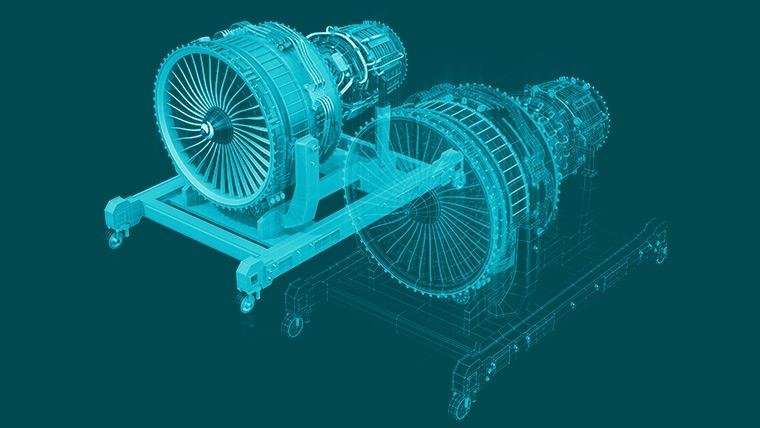Demystifying the Boom: A Look at the Digital Twin Solution Market

The industrial landscape is undergoing a metamorphosis. Physical assets are becoming increasingly intertwined with their digital counterparts, birthing a new era of data-driven decision making. At the heart of this transformation lies the concept of digital twins.
A digital twin is a virtual representation of a physical entity – a product, process, or system. It's a dynamic model that continuously learns and updates itself based on real-time data collected from sensors and other connected devices. This data can include everything from temperature and pressure readings to performance metrics and operational status.
The digital twin solution market is experiencing explosive growth. Fortune Business Insights estimates the market size to be around USD 17.73 billion in 2024, and projects it to reach a staggering USD 259.32 billion by 2032, with a Compound Annual Growth Rate (CAGR) of 39.8%. This exponential rise can be attributed to several key factors:
· The Rise of the Internet of Things (IoT): The proliferation of IoT devices has made it easier than ever to collect real-time data from physical assets. This data serves as the lifeblood of digital twins, enabling them to provide a more accurate and up-to-date picture of the real world.
· Big Data Analytics: The ability to harness the power of big data is crucial for extracting meaningful insights from the vast amount of data generated by digital twins. Advanced analytics tools allow companies to identify trends, predict potential problems, and optimize performance.
· Artificial Intelligence (AI): AI plays a transformative role in digital twins by enabling them to learn from the data they collect and make autonomous decisions. This can be anything from predicting equipment failure to optimizing production processes.
The benefits of digital twin solutions are numerous and far-reaching. Here are some of the most compelling advantages:
· Predictive Maintenance: By analyzing sensor data, digital twins can predict when equipment is likely to fail. This allows companies to schedule maintenance activities proactively, minimizing downtime and associated costs.
· Improved Product Development: Digital twins can be used to simulate product performance in different scenarios before physical prototypes are even built. This leads to faster development cycles, reduced costs, and higher quality products.
· Enhanced Operational Efficiency: With real-time insights into how physical assets are performing, companies can optimize their operations to improve efficiency and productivity.
· Reduced Downtime: By identifying potential problems before they occur, digital twins can help to minimize unplanned downtime, leading to increased production output.
The digital twin solution market is still in its nascent stages, but its potential is undeniable. As technology continues to evolve and the cost of implementation falls, we can expect to see digital twins become an integral part of operations across a wide range of industries. From manufacturing and energy to healthcare and transportation, the applications for this transformative technology are vast.
Download Sample Copy: https://shorturl.at/acuA7
Are you ready to embrace the digital twin revolution? By investing in digital twin solutions, companies can gain a significant competitive edge in today's data-driven economy.
- Art
- Causes
- Crafts
- Dance
- Drinks
- Film
- Fitness
- Food
- الألعاب
- Gardening
- Health
- الرئيسية
- Literature
- Music
- Networking
- أخرى
- Party
- Religion
- Shopping
- Sports
- Theater
- Wellness
- IT, Cloud, Software and Technology


